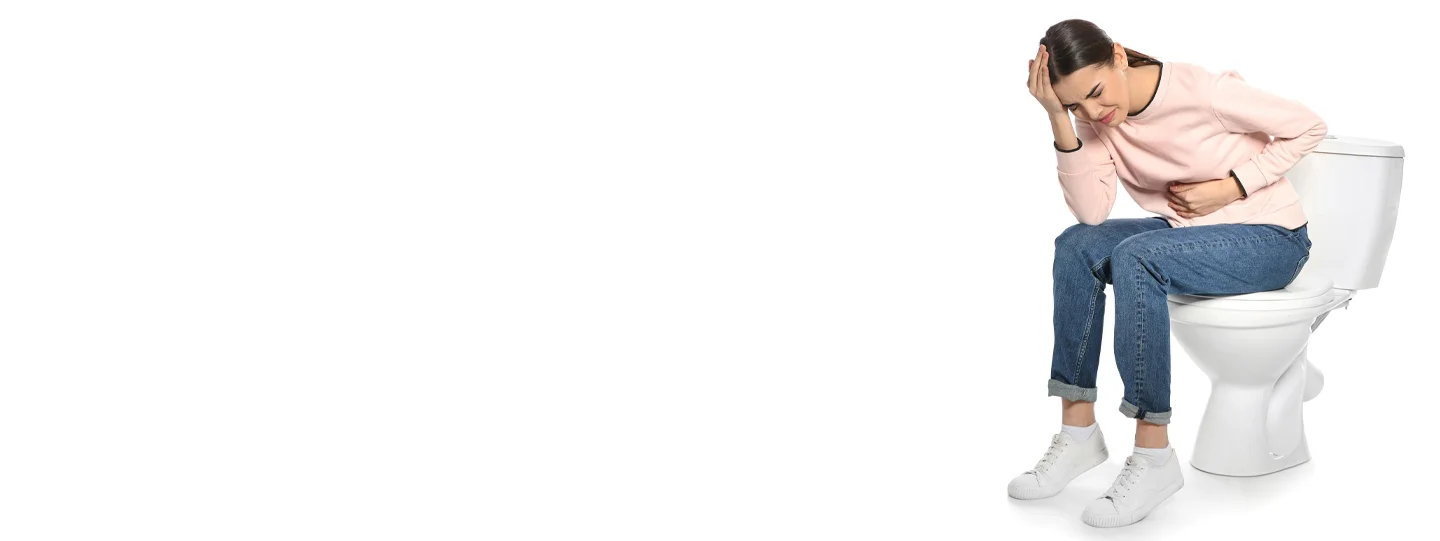

If you are a female, and wondering whether you have piles or not, these are the symptoms of piles in female to look out for.
One of the most common symptoms of piles in females is anal itching and irritation. This is because of the swollen blood vessels around the anus. The itching sensation might get worse sometimes after passing stool or if you are sitting for a longer period. This feeling is bothersome, but sometimes it gets you into embarrassing or distressed situations.
Read Also: Choosing the Right OB-GYN: What to Look for in a Women's Health Specialist
Pain and discomfort are common symptoms that tamper in piles. The pain varies from person to person depending on the severity of the condition. Pain during bowel movements is common, but some experience pain even while sitting or walking. This pain impacts the quality of life and makes it difficult to carry out daily activities.
Bleeding during bowel movements is a significant symptom of piles in females. This happens due to the rupturing of blood vessels in the swollen area. Some females might even notice bright red blood on the stool or toilet paper. The bleeding may not be significant but needs medical attention immediately.
In some cases, females may experience prolapse or the protrusion of piles outside the anus. This can result in the formation of visible lumps or swollen tissue around the anal opening. Piles may appear as small, grape-like structures or larger lumps. The prolapse can cause discomfort and may require manual reduction in severe cases.
Females with piles may also experience mucus discharge and leakage. The presence of excessive mucus can cause discomfort and irritation in the anal area. It may also lead to the moistening of undergarments, which can be embarrassing and inconvenient. Managing this symptom may involve proper hygiene practices and the use of absorbent pads or liners.
Another symptom associated with piles in females is changes in bowel habits. This can include difficulties in passing stool, such as straining or feeling incomplete evacuation. Females may also experience constipation or diarrhoea, which can exacerbate the symptoms of piles. Maintaining a healthy diet with an adequate intake of fibre and fluids can help regulate bowel movements.
Read Also: Home remedies for piles symptoms
Some lifestyle modifications like increasing fibre intake, staying hydrated and regular exercise can have a great impact on piles in females. However, there are some treatment methods to get rid of the discomfort caused by piles:
When conservative measures don’t work, there are some minimally invasive procedures that work well on piles in females:
Read Also: Piles Pregnancy and all you need to know
When experiencing symptoms of piles, females can take certain steps to manage the condition effectively. Here are some strategies that can provide relief:
Read Also: What Causes of Piles and Fissures
